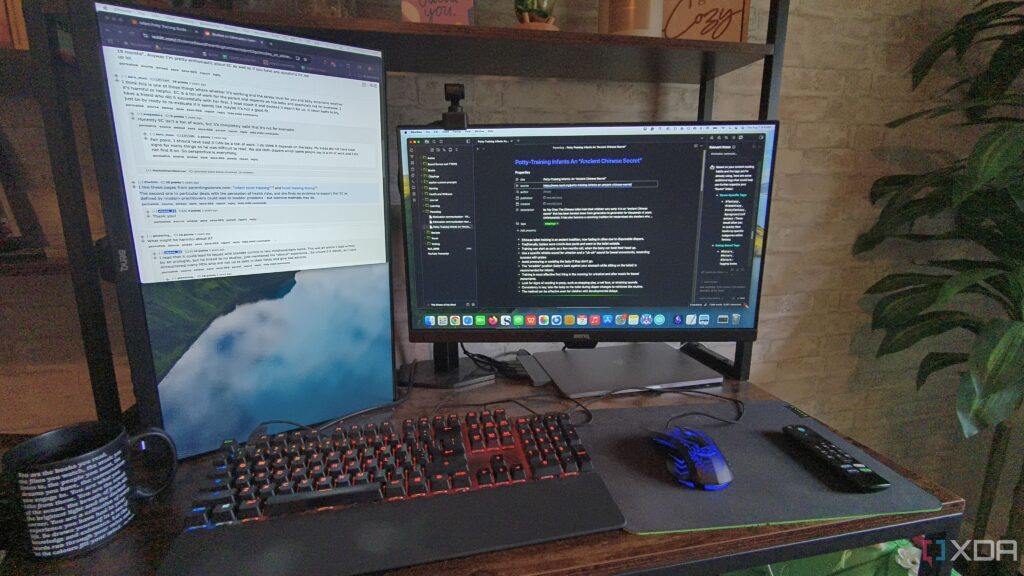
UPDATE: As users dive into their first Obsidian vaults, experts reveal critical mistakes that could derail productivity. Just announced, these common missteps can lead to frustration and wasted time, making it imperative for new users to be aware.
The advantages of creating an Obsidian vault are clear: files stored locally, offline access, and the powerful Graph View feature. However, if users overlook essential setup steps, they may find themselves spending more time searching for notes than utilizing them effectively.
Critical Mistake #1: Choosing the Wrong Save Location
One of the most pressing issues is saving your vault in an obscure location. Experts warn that haphazardly storing your vault can lead to massive time wastage. Imagine being unable to locate your essential notes, reminiscent of the frustration of searching for a lost downloaded file. Instead, users are urged to save their vaults in easily accessible locations, such as the Documents folder on their main drive. This simple step can save valuable minutes that add up as your collection of notes grows.
Critical Mistake #2: Overcomplicating Folder Structures
Creating too many folders can clutter your Obsidian vault. New users may be tempted to create folders for every type of note, but this often leads to empty folders that complicate organization. Experts recommend starting with a minimal folder structure and only adding folders as needed. This keeps the vault clean and enhances the clarity of the Graph View, allowing users to focus on the connections that matter.
Critical Mistake #3: Neglecting Templates
In the rush to get started, many users underestimate the power of templates. Failing to implement templates can result in redundant typing and inconsistent formatting across notes. Utilizing templates not only saves time but also helps maintain uniformity, making notes easier to scan and manage. Incorporating template variables for elements like note titles and dates can streamline the note-taking process significantly.
Critical Mistake #4: Skipping Backups
Perhaps the most critical error is neglecting to back up your vault. Recent data underscores the importance of having backups in place, as unforeseen issues like drive failures or accidental deletions can happen at any moment. Users can opt for Obsidian Sync for encrypted protection across devices or utilize cloud services like Google Drive and Dropbox. Even straightforward methods like transferring vaults to an external hard drive can safeguard against potential disasters.
“Taking these precautionary steps can significantly enhance your experience with Obsidian, allowing for efficient note management and retrieval,” said a productivity expert.
As the demand for effective note-taking solutions continues to rise, avoiding these mistakes is crucial for anyone starting with Obsidian. By focusing on proper setup, users can maximize their productivity and minimize frustration.
For those currently navigating the setup process or even existing users facing challenges, these insights are vital. Make sure to implement these strategies today to transform your Obsidian experience.
Stay tuned for more updates and tips as the community continues to explore the dynamic capabilities of Obsidian.





